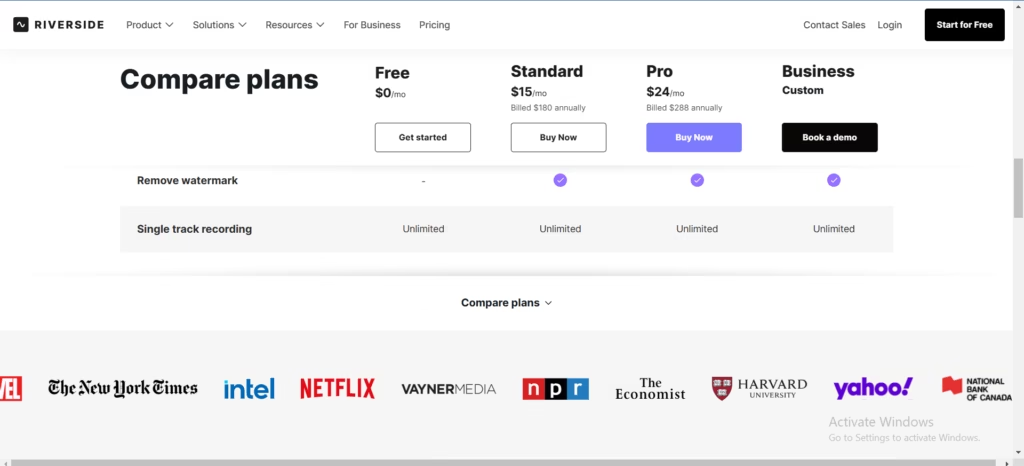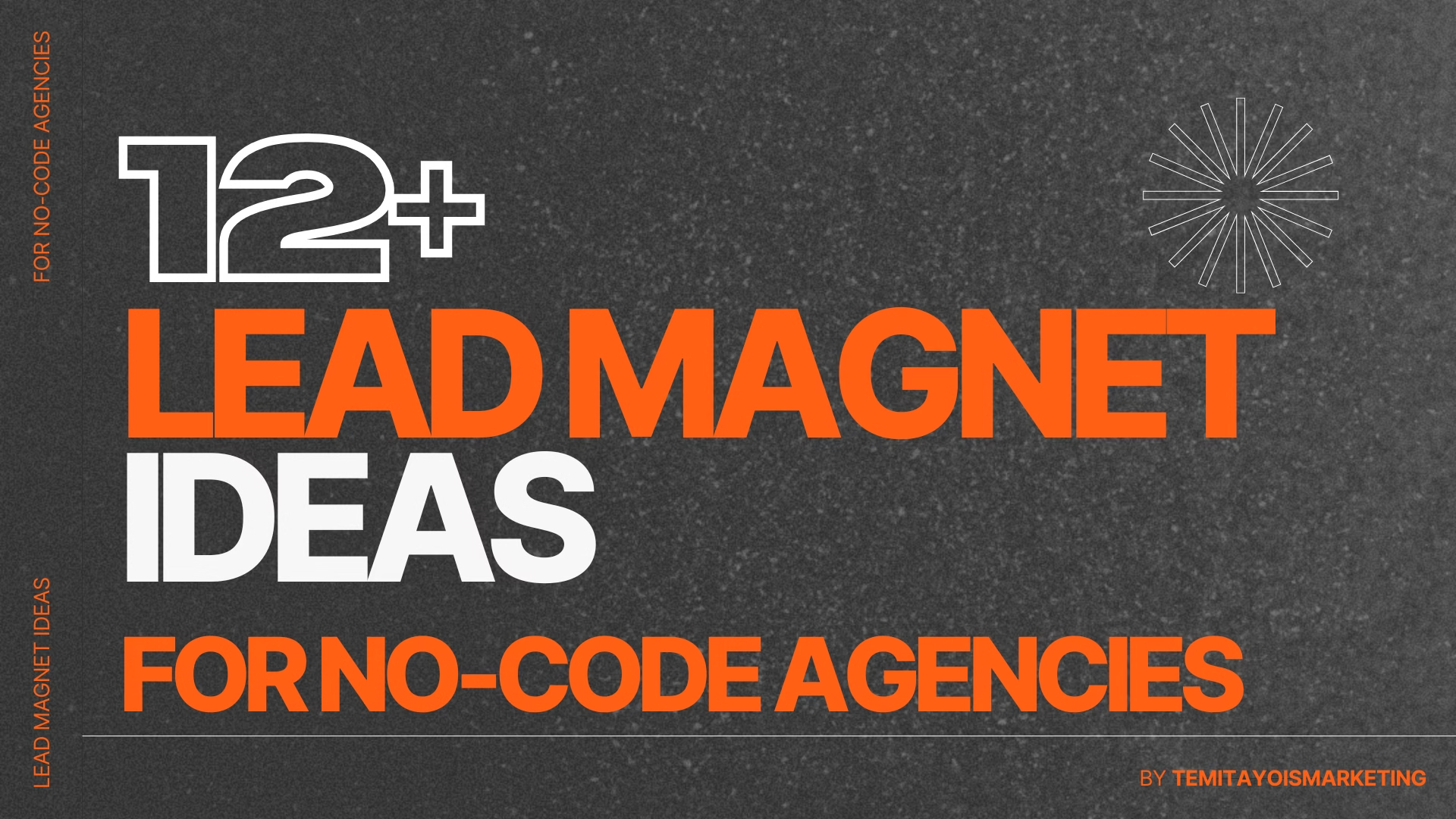When showcasing the price of your SaaS product or service to potential customers, it might seem counterintuitive, but mentioning your competitors can be a surprisingly effective strategy.
As a SaaS business, B2B company, or agency owner, openly comparing your product to others can help build trust, simplify your customer’s decision-making process, and highlight your unique advantages.
I’ve seen this approach work effectively in the SaaS space and have used it in my own experience.

In the above example, Neil Patel’s Ubersuggest SEO tool provides a comparison of price ranges of top SEO tools, and their pricing
Why Comparison Matters for Your Customers
Imagine you’re a business owner ready to invest in a premium platform to ramp up your social media efforts.
You know LinkedIn can help generate leads,
Twitter can expand your reach, and
Facebook offers powerful targeting options.
But which one should you choose?
Now, picture a comparison page that lays out the pricing for LinkedIn, Twitter, and Facebook, while also showcasing the unique benefits of each platform.
Such a comparison page does more than list price points; it justifies the cost by emphasizing each platform’s strengths.
By applying this strategy, your SaaS business can highlight the advantages of your product in the broader context of your industry’s landscape.
Providing a comparison page not only clarifies what each service offers but also positions your product as a valuable alternative, especially if your pricing is competitive or offers specific advantages.
Easing the Research Burden for Customers

By mentioning competitors in your pricing discussions or having a dedicated comparison page, you’re making it easier for customers to understand why your price is set as it is.
Customers will no longer need to search multiple sources or websites to compare prices and benefits, as your page simplifies their research process.
This transparency builds trust, as it demonstrates confidence in your offering and provides a holistic view of the market, helping potential buyers feel more informed and secure in their decisions.
In the above example, formester, a past client of Temitayo is Marketing, went above and beyond, creating a flexible database of competitor pricing allowing potential customers to use their tool for research while on their landing page
Leveraging the Contrast Effect
The comparison approach is effective partly due to a cognitive bias known as the Contrast Effect.
This principle suggests that people’s perceptions of a product’s value can be influenced by comparing it to another product.
For instance, if a store places a $2,300 laptop next to a $900 one, the $900 option may appear to be a much better deal by contrast, even though it’s still a significant investment.
This effect can work similarly with SaaS products, especially when it comes to pricing and features.
If customers see your product alongside a more expensive competitor, your pricing may suddenly appear more attractive.
When you emphasize the unique selling points of your product in this context, it helps customers see your offering as a smart, valuable choice.
Applying Comparison with an Example
Let’s say your SaaS offers a project management tool.
By showing how your pricing stacks up against a more expensive competitor, such as Asana or Monday.com, and by highlighting your tool’s unique features, you create an appealing alternative.
This approach shows customers that your product isn’t just competitively priced—it’s packed with value.
If your product has particular strengths, such as specific integrations or customizable workflows, be sure to emphasize these in the comparison, as they may be deciding factors for potential customers.
Social Proof On Your SaaS Pricing Page

Your pricing pages are often where visitors hesitate or have the biggest objections.
They are about to convert at this stage, and need that final touch to encourage them to make the purchase decision.
In addition to your unique offers and selling points, your social proof here will help to reduce friction and reassure them they’re making the right choice.
Resources: Social Proof Secrets: Using Social Proof For B2B Websites
Conclusion: Building Trust Through Transparency
Ultimately, mentioning competitors when discussing pricing is about building trust.
When customers see that you’re open about the other options available, they’re more likely to view your brand as transparent and trustworthy.
This trust can significantly ease the decision-making process for customers, as they’ll feel more confident that they’re making a well-informed choice.
By positioning your product in the broader market context, you allow customers to evaluate your service’s true worth.
In doing so, you create a strategy that not only justifies your pricing but also makes it easier for potential buyers to see the value your SaaS product offers compared to others






